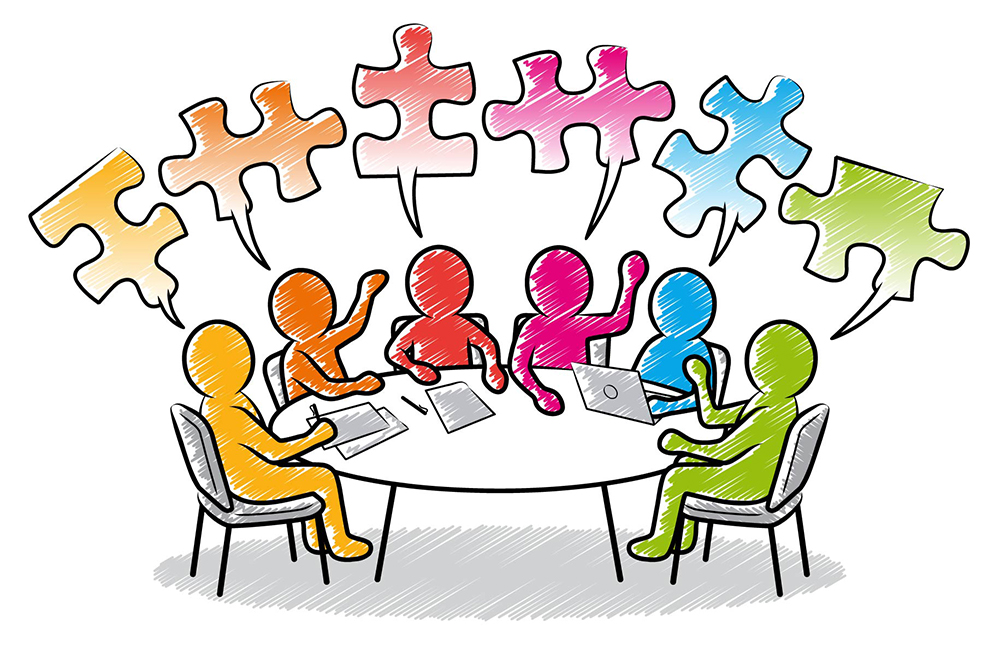How to Utilize Internal Ideation to Get the Most Out of Brainstorming
When your innovation pipeline is running low, it’s tempting to turn to internal brainstorming as a source of ideas. After all, your employees are smart people. They have localized knowledge and are intimately familiar with the organization’s capabilities – which, as MIT suggests, “can help companies turn suggestions into workable actions better and faster.” Best of all, their input is cheap and readily accessible. Why bother looking outside when you could look within?
Short answer: “Blue sky” brainstorming doesn’t work well for filling an innovation pipeline.
Newry has done years and years of internal brainstorming with our clients, and while we’ve found that creative output from “blue sky” ideation sessions is high, hit rate is dismally low. Trying to logic your way to the next big thing just isn’t efficient, and often leads teams down the “tech push” rabbit hole. When it comes to identifying new innovation opportunities, we recommend starting out by looking for intersections between your organization’s capabilities and critical customer problems. This approach may take more time and effort but, in the end, it’s a better way to generate ideas that have real potential.
That being said, there is a place for internal brainstorming in innovation – just not at the idea generation stage. Rather, these types of group processes are most effective at the “Conversion” and “Diffusion” stages of the Innovation Value Chain (as described here), where they can provide the critical bridge from pipeline-filling to successful execution.
Here are some examples and best practices for using internal brainstorming to its maximum advantage:
Brainstorming for Conversion: Solving a Specific Problem Statement
Say you’ve identified a valuable technical challenge to tackle through voice-of-customer research. The problem is clearly defined and important to your customers, but you aren’t sure of the best solution, and your typical problem-solving approach is unlikely to yield the desired results. For example, maybe your customer is asking for a performance improvement of 50%, but you have only been able to achieve an improvement of 5% in the past 5 years. In this situation, internal brainstorming can be a great way to accelerate the push to the right answer by:
- Bringing top scientists from a variety of fields together to gain different perspectives
- Producing high volumes of potential solutions directed at the same thorny technical challenge in a short period of time
- Forcing technical staff to put other commitments aside and focus on the high priority problem

Through our experience, we have found that organizations will often repeat the same mistakes:
- Only holding one session: High-priority questions don’t get solved in a day, no matter how smart the team is. Instead, organize regular core team meetings over a period of several months.
- Including only technical staff with intimate knowledge of the problem: While it may seem daunting to get outsiders up to speed, remember that the reason you’re doing a brainstorming session is to look at a known problem from a new perspective. In our experience, inviting scientists from across the organization has yielded solutions that the original team would have never considered.
- Running each solution to ground in the brainstorming session: Brainstorming sessions are for generating possible solutions, not vetting them. Leave that for another day.
Case Study: Several years ago, Newry engaged with a large manufacturing client attempting to develop a suite of new solutions to address a key customer’s problem. After a year of bi-weekly brainstorms, frequent site visits and team dinners, etc., the client had not only developed a new product – they had developed a whole new organizational culture. Well after Newry departed, the client independently continued their monthly team meetings and collaborative group sessions, resulting in more than seven new product releases and hundreds of millions in revenue to date.
Internal brainstorming can be a great way to accelerate the push to the right answer.
Brainstorming for Diffusion: Generating Organizational Buy-in
Just as internal brainstorming can be a great way to drive an idea from pipeline to product, it can also be effective in driving stakeholder acceptance of a process or approach, particularly when said process or approach is new to the organization. By providing an opportunity to weigh in, refine, and improve upon any proposed changes, internal brainstorming reduces resistance to transformation.
Problems sometimes crop up when organizers try to engineer the session to arrive at a pre-ordained endpoint. It’s fine – preferable, even – to come to the table with a working hypothesis, but if the group senses that their inclusion is perfunctory, their contributions will be less valuable – and their buy-in less secure. Following up on a large-group session with one-on-one or small group interactions can be an effective way to make space for every voice and ensure that all points of view are taken into consideration.
Case Study: Newry recently worked with the leader of a research department who wanted to make some changes to the way the group pursued new opportunities, but wasn’t sure how those suggestions would be received by subordinates. To ensure that the whole team felt included in the decision-making process, we organized a large-group brainstorming session, followed by several small-group conversations between the leader and various team members. The outcome was a more robust set of recommendations, along with an energized team ready to move forward with a new set of innovation practices.

Using the Right Tools at the Right Time
Innovators often misuse internal brainstorming as a tool for idea generation, but in our experience, they should be leveraging brainstorming tools elsewhere: specifically, for idea conversion and idea diffusion. Breaking down internal barriers through cross-functional collaboration is incredibly valuable, yes, but not because doing so magically exposes a whole new pipeline of great projects to work on – rather, because it enables everyone in the organization to think about solving problems in a new way. Identifying valuable problems to work on isn’t easy, but it can be accomplished by a wide range of different folks, both within your organization and outside of it. Solving those problems, on the other hand? Only you can do that.
Find out how Newry can help your organization move smarter to move faster. Get traction in your market.
